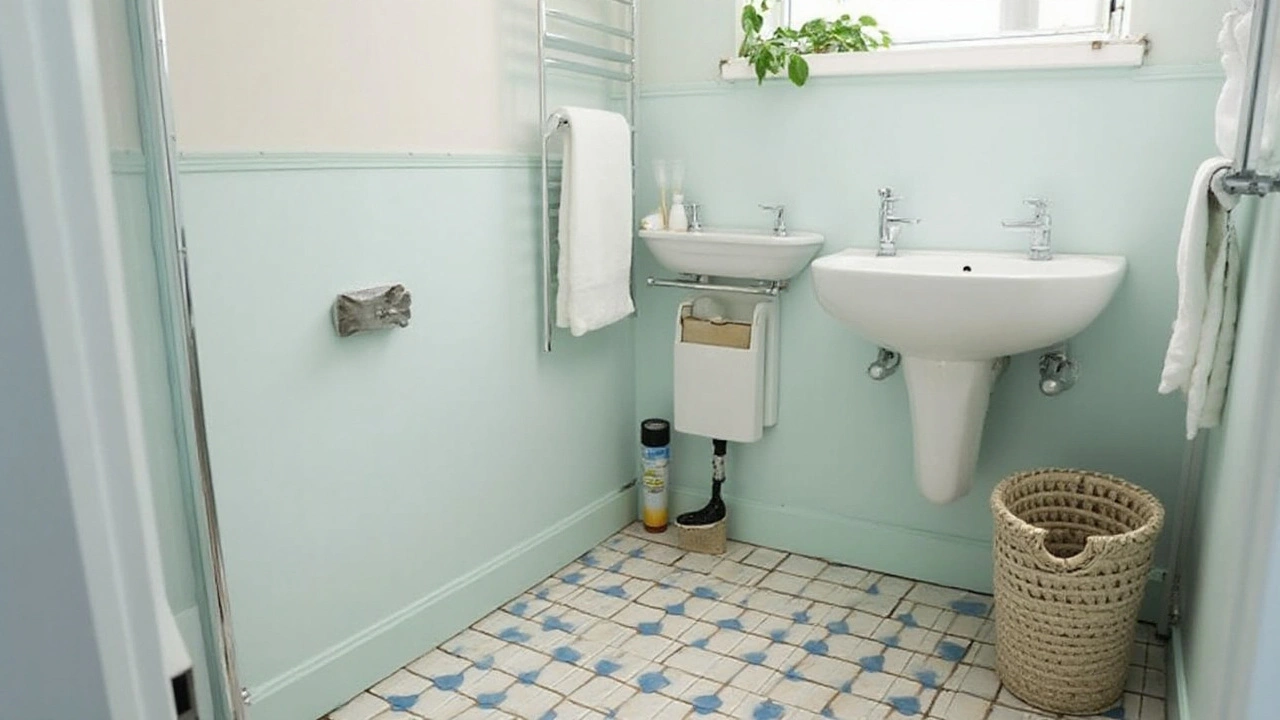Cost‑Effective Construction and Plumbing: Smart Ways to Save Money
When a project feels pricey, it’s easy to panic. The good news? You don’t have to sacrifice quality to stay on budget. Below are everyday tactics that cut costs, speed up work, and still give you a solid result. Most of these ideas can be used by DIY homeowners and by pros alike.
Why cost‑effective matters
Every pound you save on materials or labor can be redirected to other improvements – a nicer kitchen finish, better insulation, or a longer warranty. Over‑spending early on often leads to hidden expenses later, like premature repairs or higher energy bills. By planning ahead and choosing wisely, you keep the total cost down and avoid surprise bills.
Top ways to cut costs without cutting corners
1. Choose the right material for the job. For floor foundations, a standard Portland cement mix works just as well as premium blends in most residential builds. When you need durability but not high‑end aesthetics, opt for concrete‑grade cement instead of specialty mixes.
2. Re‑use where possible. Salvaged bricks, reclaimed timber, or leftover tiles can give a unique look and shave off material costs. Just make sure they’re clean and meet local building codes.
3. Bundle services. Hiring a plumber who also offers minor heating or bathroom fitting work can reduce mobilisation fees. Many contractors give discounts when you combine a leak repair with a faucet upgrade.
4. Plan the work order. Doing demolition, plumbing, then electrical in the right sequence prevents re‑doing work. A clear schedule helps avoid the “Oops, we missed a pipe” moments that cost extra labor.
5. Use off‑peak scheduling. Some services charge less during slower seasons. Booking a roof replacement in autumn, for example, can lower both material markup and crew rates.
6. Get multiple quotes. Even within the same town, price differences can be 20 % or more. Compare at least three reliable providers and ask each to break down labour, material, and travel costs.
7. Do simple prep yourself. Clearing the work area, removing furniture, or taping off walls takes only a few hours but saves the contractor from charging for site cleanup.
8. Invest in preventative maintenance. Regular pipe inspections and seal checks catch small leaks before they become major floods. A tiny repair now avoids a costly foundation repair later.
Putting these steps into practice doesn’t require a master’s degree. Write a short checklist, share it with your contractor, and watch the savings add up. Remember, the goal isn’t the cheapest price tag but the smartest use of every pound you spend.
If you’re still unsure where to start, reach out to a trusted local plumbing or construction service. They can audit your project, point out low‑cost alternatives, and give a realistic budget that respects your quality standards.



